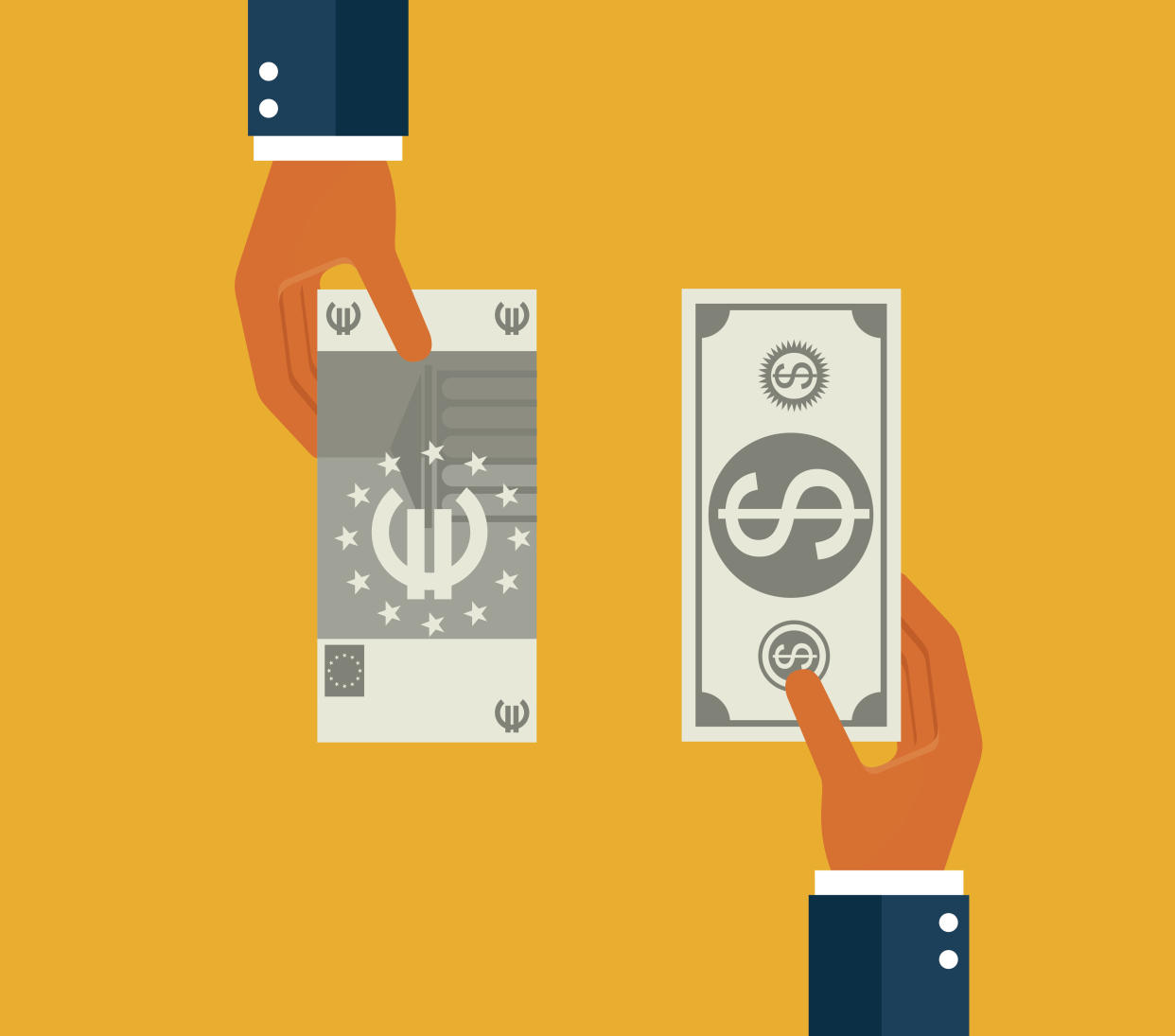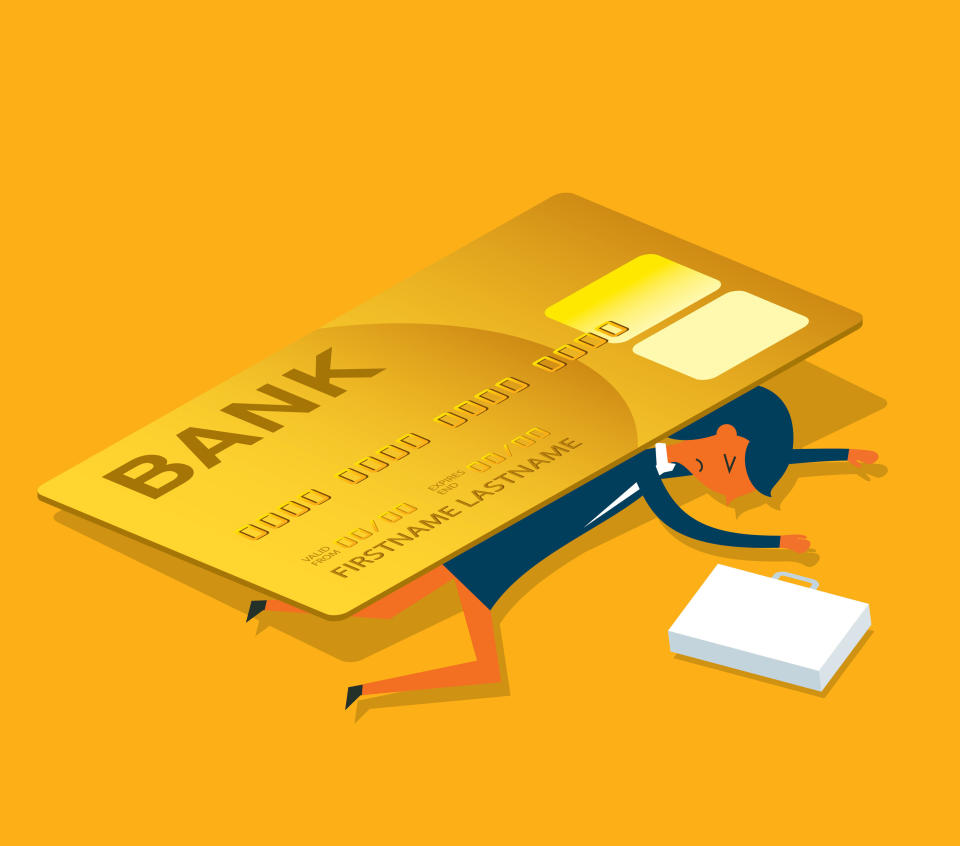We know about challenger banks but what about challenger currency?

There are many challenger banks out there, but they all use the same fiat money principle. We explore fiat, ask whether challenger banks really challenge, and profile a new reserve banking platform that strives to be a better form of mainstream money: one that’s based on a physical asset and protected from inflation and systemic bank risks.
What is fiat money?
Fiat money is a national currency that’s not tied to the price of a commodity such as gold. Fiat money’s value is based on our faith in the currency issuer – usually a government or central bank. We trust the issuer that the paper money can be exchanged for its face value in goods and services, which is why you’ll find the phrase, ‘I promise to pay the bearer on demand the sum of x pounds’ on British banknotes.
The pros of fiat currencies
Because fiat money isn’t dependent upon a fixed or scarce resource, governments can control its value and supply – it’s literally a licence to print money. They can manage credit supply, liquidity and interest rates.
...And the cons
For fiat currency to work, the government’s fiscal policy, financial system and regulation must be responsible, control inflation and avoid hyperinflation. This is not always so, as demonstrated by the 2008 global financial crisis and in Venezuela currently, and many people feel they can no longer rely on the government and big banks to be in charge of their money. Even controlled inflation erodes savings by design. With an unlimited supply of money, there is more risk of bubbles – those economic cycles of rapid price increase followed by a price crash, such as the property bubble of the 1980s. Governments can take it upon themselves to decide to stimulate the economy through quantitative easing – this can cause greater inflation: impacting house prices, increasing national debt, bloating the financial markets – and decimating the value of your savings.

Are challenger banks really that challenging?
Challenger banks are anything other than the recognised main high street banks (Barclays, HSBC, Lloyds, RBS or Santander). They can be split into four broad groups, each with different target markets and delivery models:
Digital-only banks (eg. Starling) Innovative, and promising exceptional customer experience, these solely app-based banks serve the mobile banking digital megatrend
Specialist banks (eg. Secure Trust) cover customers underserved by other banks, such as some SMEs, and buy-to-let. Their physical presence is limited, using call centres, third-party distribution and, increasingly, digital platforms
Mid-sized full service banks (eg. TSB) that have physical branches and digital platforms
Non-bank brands (eg. Sainsbury’s Bank) trade on their trusted parent company branding and customer loyalty
At first glance, these four groups seem pretty innovative and different from traditional banks. Then, you realise that, behind the slick interfaces, your money is still held in the fiat currency monopoly: controlled, regulated and distributed by government and central banks, eroded by inflation, currency crises and black swans like another global credit crunch. Same old same old.
What’s challenging fiat currency?
Tally. Tally is a physical asset money, accessed through a customer’s individual banking account and debit card. So what is the physical asset? Gold. Yes, really. Physical gold is the oldest, and historically the most reliable form of money. And innovative new banking brand Tally has created a self-contained monetary system that enables you to use physical gold held outside the banking system, yet fully connected with the global banking network and transacting seamlessly with fiat currency. Tally is 100% reserve banking, meaning your deposit is not lent out, so it’s protected from bank lending and default risk, as well as inflation.
To be clear, Tally is not a speculative investment on the gold market; you don’t buy the precious metal as a commodity and watch its value go up and down, selling on a high. Rather, it is used like any other mainstream currency but this one is your personal reserve currency. You deposit your money via the app which converts into Tally, with 1 Tally being 1 milligram of gold. The value is added to your Tally banking account linked to a Tally debit Mastercard® which is used to spend seamlessly every day like a regular account. Because gold historically holds its purchasing power over time (despite its fluctuations), whatever you save in Tally today should buy you just as much in the future, unlike fiat money which is devalued by design (i.e. inflation) and which is also exposed to the systemic risks of fractional reserve banking and fiat currency.

How does Tally work?
For the first time, you can choose a mainstream currency to use and sign up within minutes. You buy Tally units: each unit is a physical asset being 1 milligram of LBMA-approved physical gold, held in a Swiss vault, allocated to and directly owned by you. You can spend your Tally seamlessly worldwide using Tally’s smartphone banking app and debit Mastercard, and there are no transaction fees, FX fees, hidden commissions or mark-ups. Just a single monthly charge of 0.1% of your average monthly holding which covers storage, security, insurance and operational costs. The monthly charge reduces to 0.05% on any holding above half a million Tally (t500,000).
Your physical asset (i.e. gold) is also 100% insured to your deposit’s full value – not limited to the £85k protection offered under the Financial Services Compensation Scheme.
At last, you can get control and peace of mind with 100% reserve banking, using a physical asset as money. Tally is money that adds up.
Find out more at www.tallymoney.com and download the Tally app from the App Store or Google Play.
Tally relative to GBP (£) can rise or fall due to fluctuations in the global gold price.
TallyMoney Ltd is an Electronic Money Directive Agent (Financial Conduct Authority Reference Number 902059) of the FCA-licensed E-Money Institution, PayrNet Limited (FCA Reg. No. 900594).
Mastercard is a registered trademark, and the circles design is a trademark of Mastercard International Incorporated.

